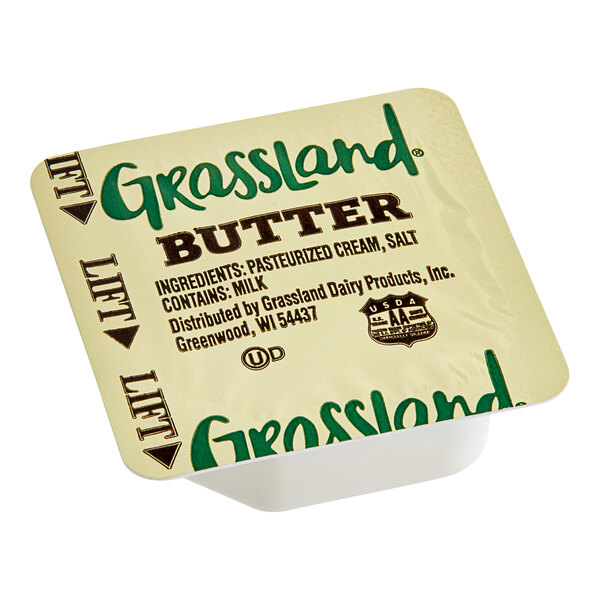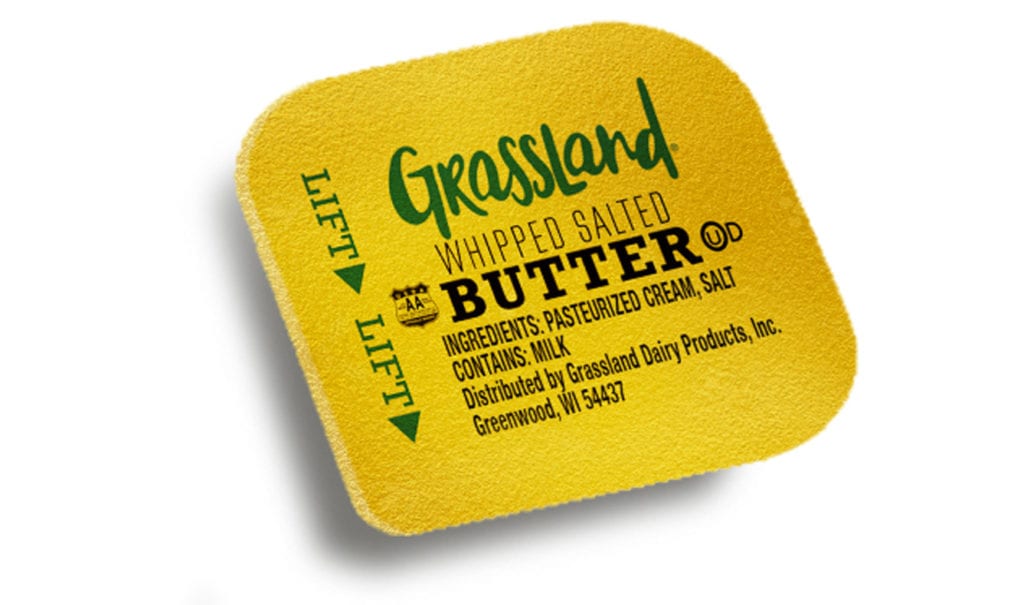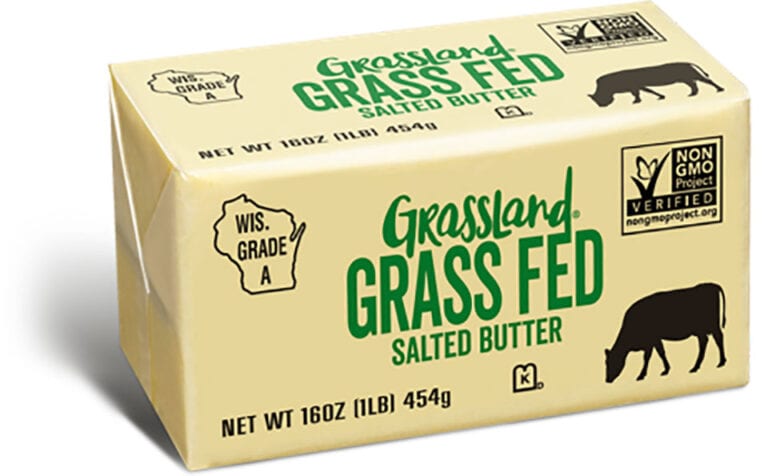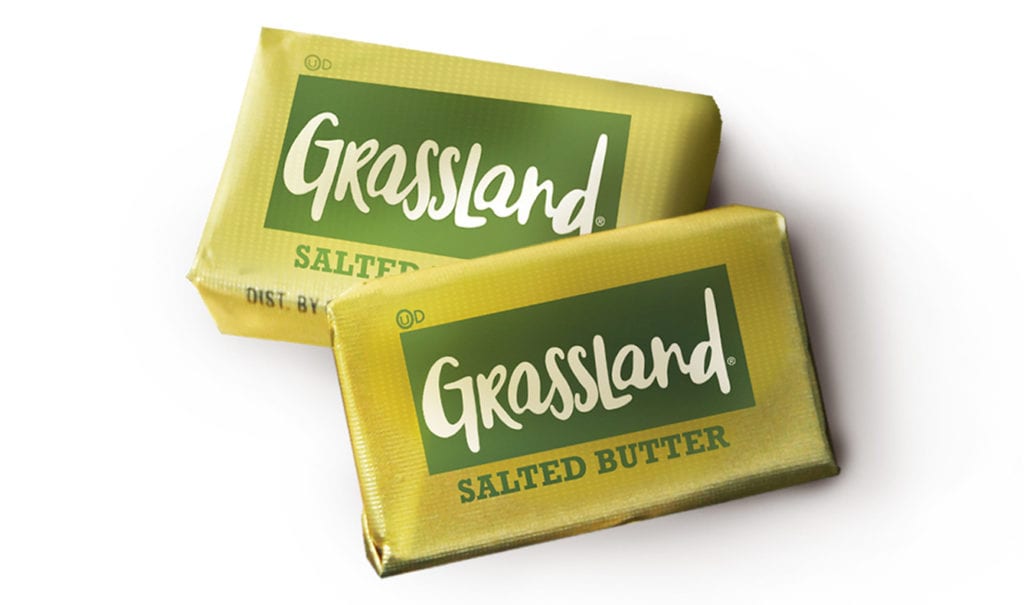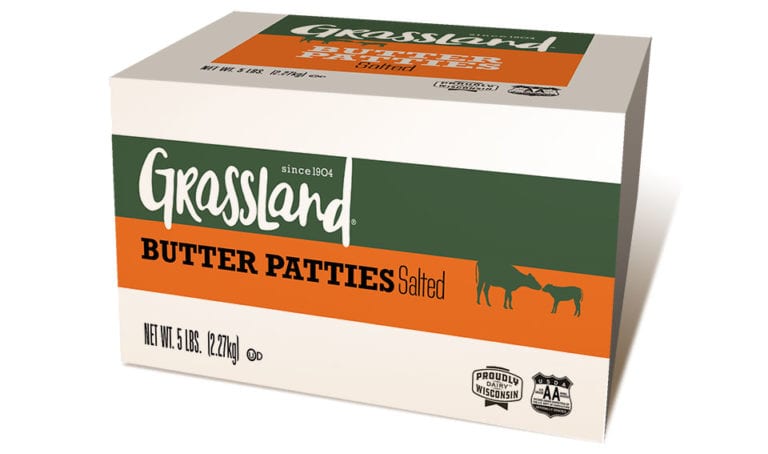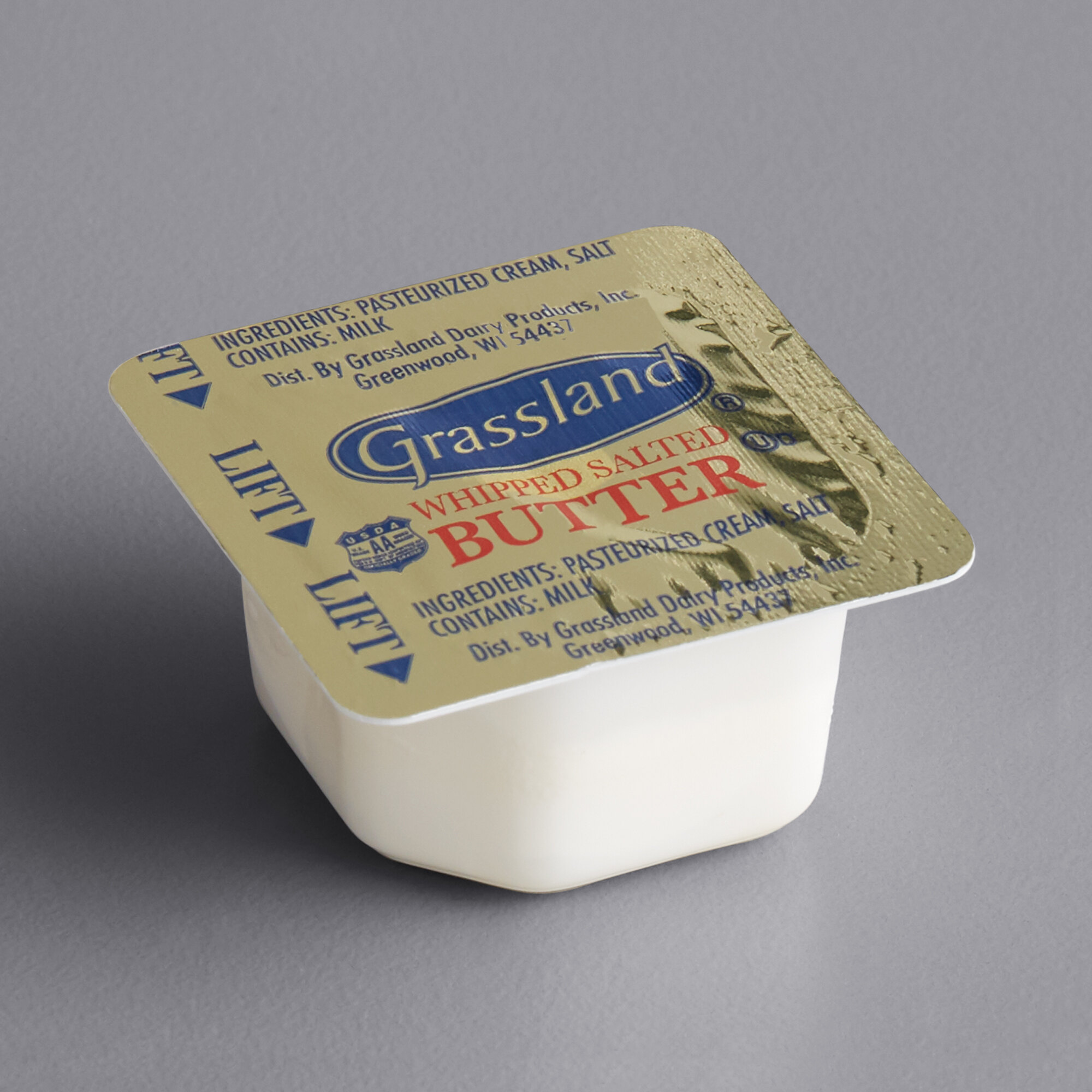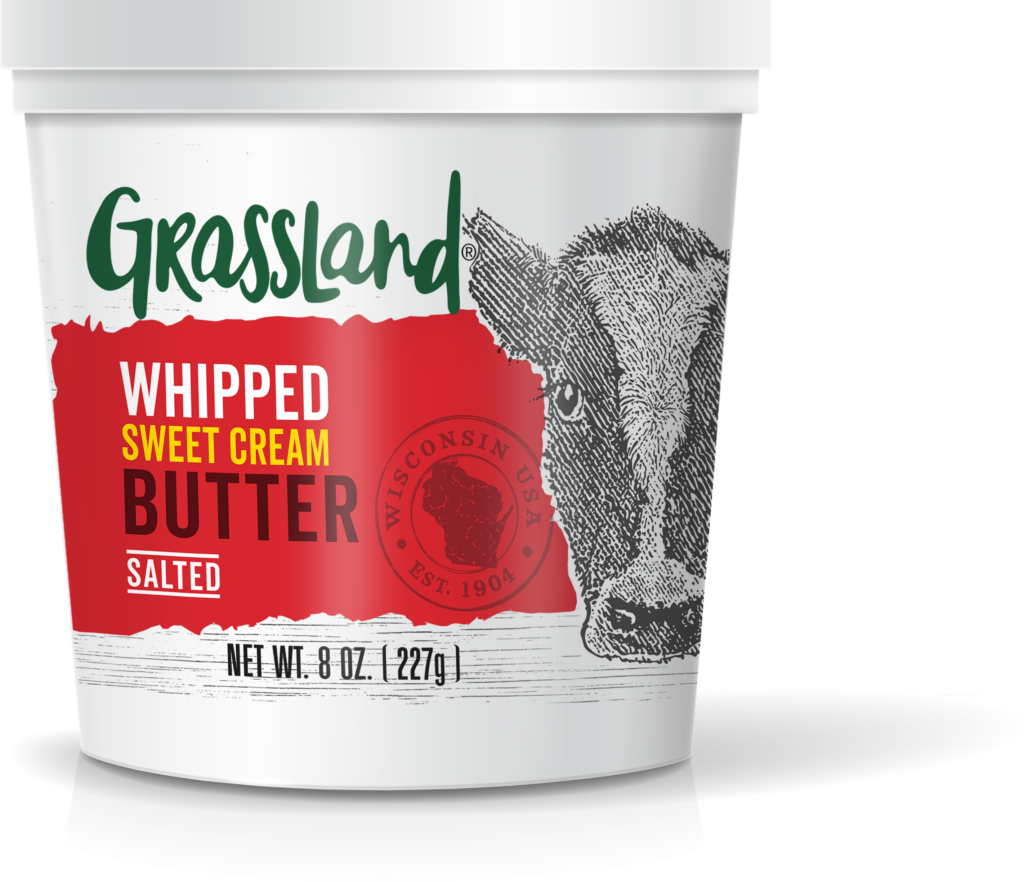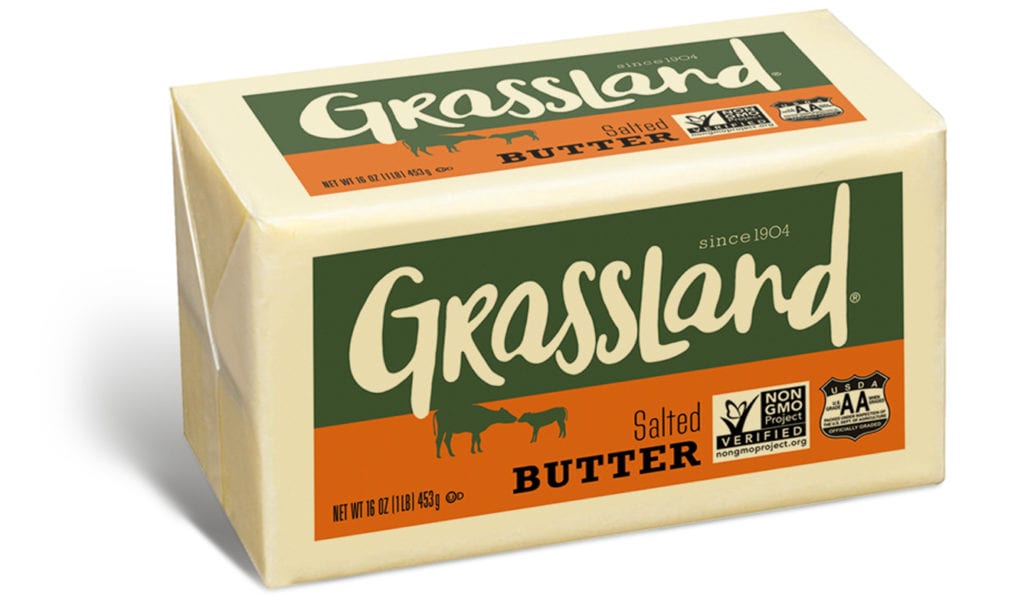Grass Land Dairy Product Salted Whipped Butter
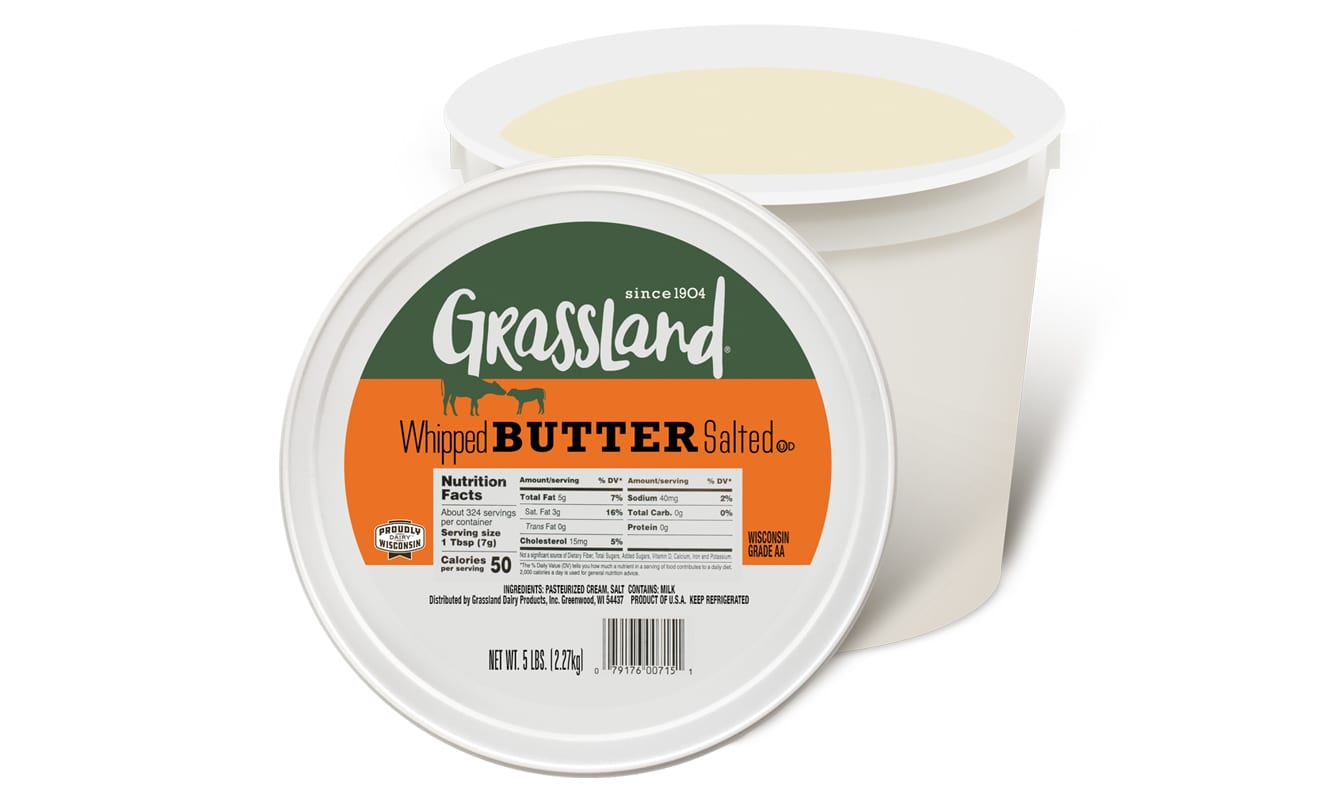
The dairy aisle, once a predictable landscape of familiar brands and products, is experiencing a seismic shift. A seemingly simple ingredient, salted whipped butter, is at the heart of this transformation, stirring up debates about production practices, consumer preferences, and the very future of the dairy industry.
Behind the creamy, light texture of salted whipped butter lies a complex web of economic, ethical, and environmental considerations. This article delves into the rise of Grass Land Dairy's salted whipped butter, exploring its impact on traditional dairy farming, the surge in consumer demand for premium products, and the potential long-term implications for the entire dairy supply chain.
The Rise of Grass Land Dairy
Grass Land Dairy, a relatively new player in the dairy market, has rapidly gained prominence. Their success is largely attributed to their commitment to grass-fed cows and sustainable farming practices.
Consumers are increasingly drawn to products perceived as healthier and more ethically produced, fueling Grass Land Dairy's growth.
The Allure of Salted Whipped Butter
Salted whipped butter, in particular, has captured the attention of food enthusiasts and home cooks alike.
Its light, airy texture and subtle saltiness offer a distinct culinary experience compared to traditional butter.
Grass Land Dairy's version is marketed as being made with milk from cows that graze on lush pastures, resulting in a richer flavor profile.
Impact on Traditional Dairy Farming
The success of companies like Grass Land Dairy is putting pressure on traditional dairy farms. These farms, often operating on a larger scale, face challenges in adapting to the growing demand for grass-fed and sustainably produced dairy products.
The shift towards grass-fed farming requires significant investment in pasture management and infrastructure.
Many traditional farms are struggling to compete with the premium prices commanded by grass-fed butter, leading to financial strain and industry consolidation.
"The dairy industry is at a crossroads," says Dr. Emily Carter, a professor of agricultural economics at the University of California, Davis. "Traditional farms need to innovate and adapt to changing consumer preferences to remain competitive."
Economic Considerations
The price of Grass Land Dairy's salted whipped butter is significantly higher than that of conventional butter.
This premium price reflects the higher costs associated with grass-fed farming, including land management, animal welfare, and labor.
While some consumers are willing to pay the premium for what they perceive as a superior product, others are priced out of the market, potentially creating a two-tiered dairy system.
Consumer Demand and Preferences
The increasing demand for premium dairy products is driven by several factors. Consumers are becoming more health-conscious and are seeking out foods that are perceived as natural and unprocessed.
There is also a growing awareness of the ethical and environmental impact of food production, leading consumers to support companies that prioritize sustainable practices.
Salted whipped butter, with its unique texture and flavor, appeals to consumers who are looking for a more elevated culinary experience.
The Role of Marketing
Effective marketing plays a crucial role in shaping consumer perceptions and driving demand.
Grass Land Dairy has successfully positioned its salted whipped butter as a premium product, emphasizing its grass-fed origins, sustainable farming practices, and superior flavor.
Social media and online marketing have been instrumental in reaching a wider audience and building brand loyalty.
Environmental Implications
Grass-fed dairy farming can have both positive and negative environmental impacts.
On the one hand, well-managed pastures can sequester carbon from the atmosphere, helping to mitigate climate change.
On the other hand, intensive grazing can lead to soil erosion and water pollution if not properly managed.
Grass Land Dairy claims to prioritize sustainable grazing practices and minimize its environmental footprint.
However, independent assessments are needed to verify these claims and ensure that the company is meeting its environmental commitments.
The Debate Over Methane Emissions
Methane emissions from livestock are a significant contributor to greenhouse gas emissions.
While grass-fed cows may produce slightly less methane than conventionally raised cows, the overall impact on methane emissions is still a subject of debate.
Further research is needed to determine the most effective strategies for reducing methane emissions from dairy farming.
The Future of Salted Whipped Butter and the Dairy Industry
The rise of Grass Land Dairy and its salted whipped butter is indicative of a broader trend towards premiumization and sustainability in the dairy industry.
As consumer demand for these types of products continues to grow, traditional dairy farms will need to adapt and innovate to remain competitive.
The future of the dairy industry will likely involve a mix of traditional and grass-fed farming practices, with a greater emphasis on sustainability, animal welfare, and transparency.
Moving forward, the industry needs to address key challenges such as methane emissions, soil health, and access to affordable dairy products for all consumers.
Collaboration between farmers, researchers, and policymakers will be essential to ensuring a sustainable and equitable future for the dairy industry.
The success of salted whipped butter may just be a small taste of the larger changes to come, forcing the entire industry to re-evaluate its practices and priorities.
